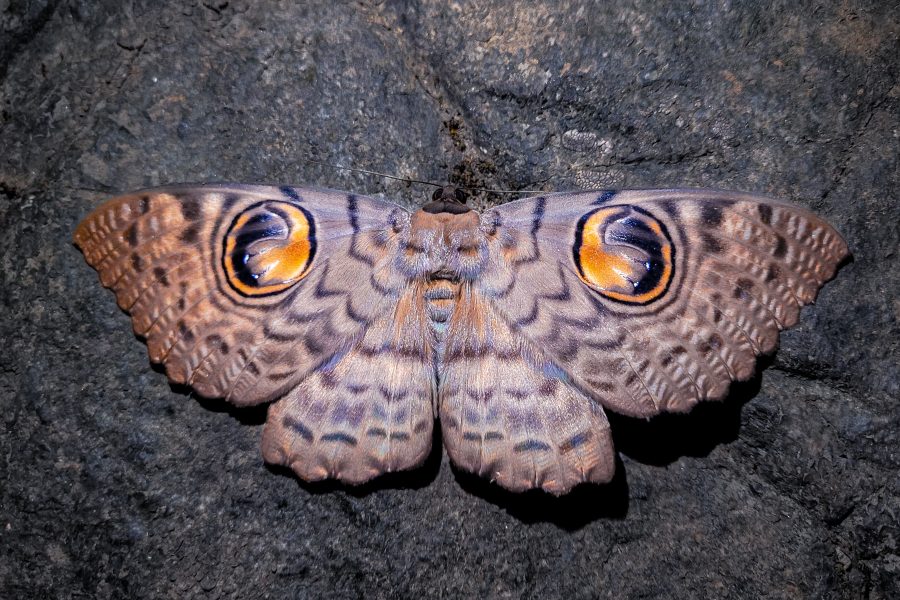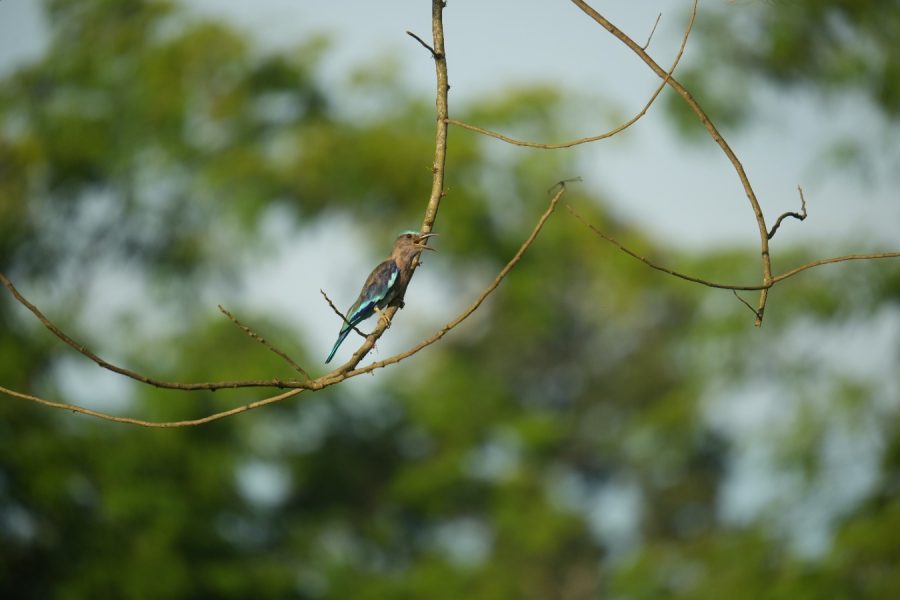
Monsoon in India hasn’t been quite satisfactory. Nevertheless our crawly friends kept the rescuers at Wildlife SOS very busy throughout, materializing from backyards of houses, hospitals, schools and even bedroom closets. The busiest months for the rescue team members, monsoon also gives a wide diversity to the wildlife calls and I doubt anybody who says that Delhi lacks a biodiversity. However snakes topped the chart yet again. So when it was time for their release it was more than expedition. All of the team members of the rescue team well equipped with hooks, bags and carrying boxes of all sizes, shapes and weights headed towards Asola Wildlife Sanctuary.
Asola Wildlife Sanctuary, 6874 acres of moderate forest cover, it lies close to Tughlakabad fort. It’s been the designated place for the animal releases, due to its proximity to the city and an appropriate habitat. After completing the formalities and accompanied by a forest guard we entered the protected forest.  The monsoon had done its part, leaving verdure and small waterholes almost everywhere. But we decided to trudge a little more in order to find the most suitable place. It was very important to decide the places carefully to cater to the habitat needs of the diversity of snakes we were carrying.
The monsoon had done its part, leaving verdure and small waterholes almost everywhere. But we decided to trudge a little more in order to find the most suitable place. It was very important to decide the places carefully to cater to the habitat needs of the diversity of snakes we were carrying.
Almost all the snakes were paler in color and quite calm, indicating that they were moulting. Few had already shed their skin and few were on the verge of. Out of the snakes we had rescued, there was a Checkered Keelback (Xenochrophis piscator) and two red sand boa (Eryx johnii), both belonging to extremes of habitat, with one preferring water and the other dry lands, again biodiversity taking us for a toss. The rest were a little more adaptable, the Cobras (Naja naja). This is one of the venomous species found very abundantly in Delhi, evident by the fact that we were carrying 10 of them. In order to prevent congestion we decided to distribute the 24 snakes all over the sanctuary.
At the first glimpse of semi arid land we released the red sand boas (Eryx johnii), 2 common wolf snakes (Lycodon aulicus) and a young Bengal monitor (Varanus bengalensis). He was the merriest of all and ran towards the nearest bushes the fastest not even giving us some time to bid farewell. The wolf snakes (Lycodon aulicus) also continued to their path, and the sand boas (Eryx johnii) too, started looking for crevices and loose dirt in order to hide. We walked a few paces ahead and we were able to good spot to release the smaller cobras. Three of them were randomly selected (others were eager too, and very hissing to express the disappointment). They happily slithered to the darkest bush hopefully never to come in human contact again.
Next we came across a small pond, and we decided to release the rest of the snakes there. Thus one by one we released Rat snakes (Ptyas mucosus), Royal diadems, wolf snakes (Lycodon aulicus), Checkered Keelback (Xenochrophis piscator) and we were finally left with one, the Common Krait (Bungarus caeruleus). Less adaptable and very temperamental it had to be carefully released. So after a small search we came across a small rocky arid patch adorned with thorny bushes, what normally a Krait calls home. And as it slithered into darkness we heaved a sigh of relief, and a sense of admiration for these humble creatures surged within our hearts.
“At the stroke of midnight hour, the crawlies will awaken to freedom”
Abhishek Narayanan





